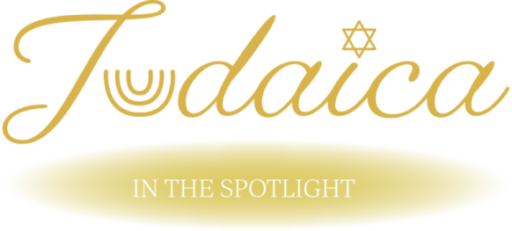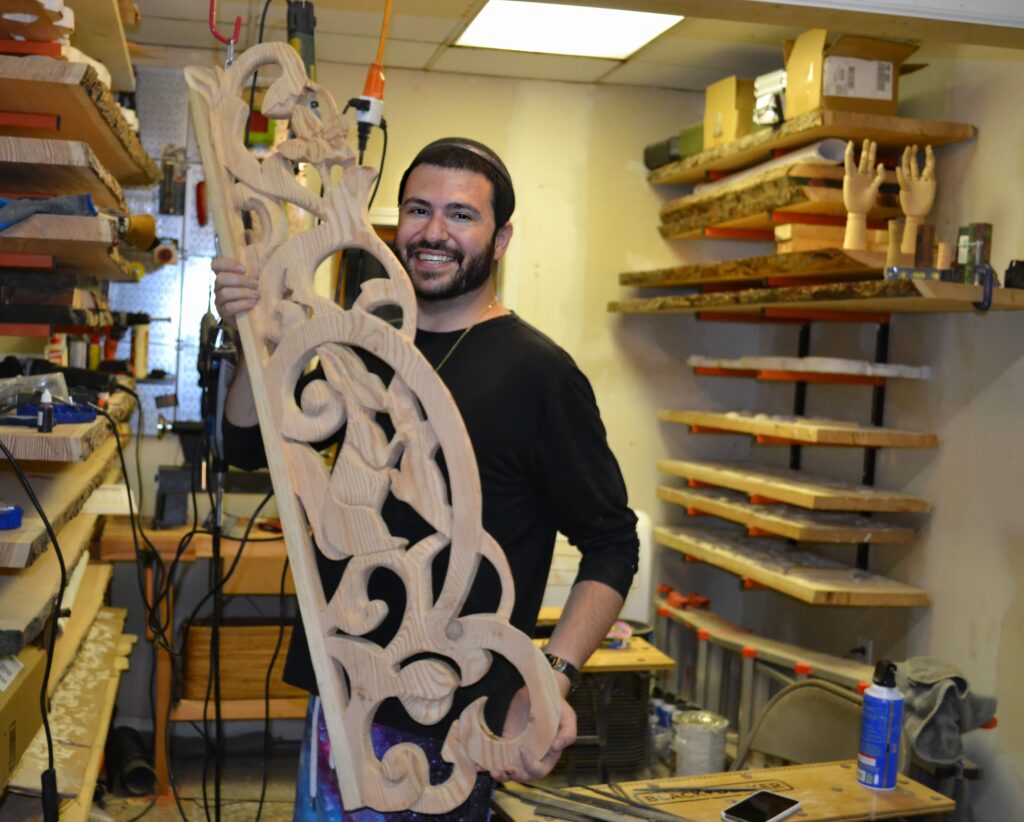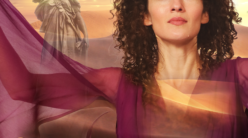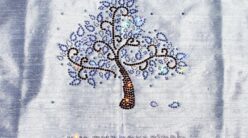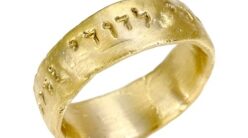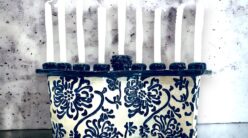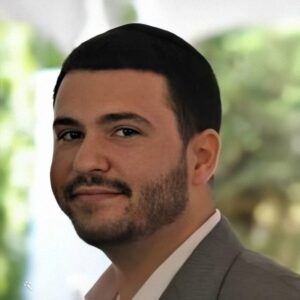
Photo: Courtesy of Rabbi Shmuel Polin
Besides working on your impressive reconstruction project, Opening The Ark Project, you are also a Rabbi and Artist. Can you tell us a little about yourself and your background?
I have always been fascinated by the intersections of art and theology. As a child, I learned from my father how to paint, carve and draw. I embarked upon my first art exhibitions at the age of 13. At the same time, I grew up with a more traditional set of Jewish observances and practice. Art always seemed a sort of powerful liberation from some of the more regimented, and naturally challenging, confines of life. Entering college at American University in Washington D.C., I was introduced to a more diverse picture of Judaism and of Jewish observances, and I eventually found my way into the progressive movements. Focusing on the intersectionality of art and the Jewish people, I completed an M.A. in Holocaust and Genocide Studies and an M.A. in Jewish Studies at Gratz College of Melrose Park, Pennsylvania. My thesis focused on artistic depictions of European antisemitism in American and foreign cinema of the 1930s-1940s. Upon completion of the program, I entered the Hebrew Union College – Jewish Institute of Religion’s rabbinical program. The Opening the Ark Project began at the Hebrew Union College – Jewish Institute of Religion as part of my capstone project, but it has now grown into its own non-profit 501c(3).
What inspired you to start your project, Opening The Ark Project? Could you please tell us more about it?
This idea of rebuilding the Aron HaKodesh came to me during my first year of rabbinical seminary in Israel. I was standing under the roof of the Chodorow Synagogue in the Diaspora Museum. I remember thinking of the immense loss of cultural identity felt by the Shoah. At the pinnacle of high cultural development, some of our most talented works were destroyed. Musicians, poets, craftspeople, and theologians were eliminated in the blink of an eye. Many of their works lay forgotten or destroyed. The wooden synagogues of Europe were part of the immense loss of culture felt by the Holocaust. I remember thinking that I could not stand the thought that something this beautiful would be forgotten. I needed to rebuild one of these magnificent Aronot HaKodesh.
In brief, The Opening the Ark Project of Cincinnati, is currently involved in reconstructing one of the great wooden arks of the Polish–Lithuanian Commonwealth here in the United States. The ark undergoing reconstruction was among the jewels of European Jewry. Towering and coated in vibrant colors, it stood in Sidra, Poland, but was destroyed by the Nazis in 1942. With Polish, Sephardic, Ashkenazi, and Russian influences, it was a testament to a Jewish dialogue, as well as well as to Jewish mastery of art, artistry, and carpentry. The current project responds to some of the dilemmas affecting Jewish life in America today and will redefine how many engage with Judaism and Holocaust education.
The reconstruction effort is an open canvas for people who wish to experiment with a new kind of relationship with Judaism. As a matter of engagement, this project reaches inside, and even potentially outside, our Jewish community and involves people in new ways. The ark will be exhibited in the Midwest, starting in the Cincinnati area at the Skirball Museum in February of 2021. The project has also received attention and grants from various organizations, including Reconstructing Judaism/Auerbach Foundation, the Refusnik Project/Jewish Learning Works, the Adath Israel Congregation of Cincinnati, and the Men of Reform Judaism, as well as a direct grant from GoFundMe Charity for projects impacted by the COVID-19 pandemic.
Which part of the work do you enjoy the most?
The work encompasses a lot, from teaching to carving, and from fundraising to taxes. Certain stages of the project have required a different frame of mind and perspective. However, I would say that my favourite experience has been seeing eyes light up when I describe the project to people or show them photos. I can feel their sense of connection to our history in that moment. It is powerful!
In Europe, we are surrounded by a wealth of spectacular synagogues. What fascinates you the most about synagogue art and what does Jewish Art as a whole mean to you?
Synagogue art is not something openly discussed in many of our Jewish communities. In some, the subject is virtually taboo. When executed correctly, synagogue art elicits awe. It opens the senses to a spiritually uplifting experience. Wise Temple in Cincinnati, Beth Sholom of Philadelphia, and the Jerusalem Synagogue of Prague come to mind as doing this perfectly. More broadly, Jewish Art can have the same effect, but outside of the synagogue. Whether in films, museums, or at home, it still taps into that same fundamental concept.
In regards to your own art, what is your specialty? Where do you take your inspiration and are you pursuing any themes?
In regards to my own art, at any given moment, I am always actively working in a variety of mediums on a series of projects. Rebuilding the ark, for instance, exercises woodcarving, as well as painting. Thematically, all of my work falls within the genre of Judaica.
Where can our readers learn more about your work as a whole, and how can they support your project, Opening The Ark Project?
Opening the Ark Project Website
Video of carving a large panel
Opening the Ark Project on Facebook
Opening the Ark Project on Instagram
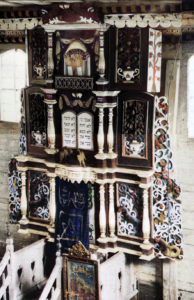
Photos: Courtesy of Rabbi Shmuel Polin
